Related Research Articles
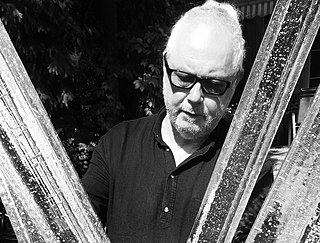
Ivo Lill was an Estonian glass artist.
Eric Pehap, also known as Erich Konstantin or simply Pehap, was an abstract artist working in Canada.
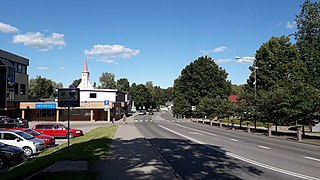
Põlva is a town in southeastern Estonia, the capital of Põlva County, and the centre of Põlva Parish.
Eduard Wiiralt was a well-known Estonian graphic artist. In art history, Wiiralt is considered as the most remarkable master of Estonian graphic art in the first half of his century; the most well-known of his works include "Inferno", "Hell", "Cabaret", "Heads of Negroes", "Sleeping Tiger", and "Head of a Camel".

Lucien Dulfan is a Soviet-born conceptualist artist, resident in the United States since 1990. During his career in the USSR, he was considered a Nonconformist artist.
Ants Laikmaa was an Estonian painter.
Kaljo Põllu was an Estonian artist. In 1962 he received a diploma in glass art, and became director of art cabinet of Tartu State University; he founded the contemporary artist's group Visarid in 1966 in Tartu. In 1973 he moved to Tallinn, where from 1975 to 1996 he taught drawing in the Estonian Academy of Arts; at this point his art changed in style dramatically as he searched for influences from the ancient Finnic culture.

Leonhard Lapin, also known under the pseudonym Albert Trapeež, was an Estonian architect, artist, architecture historian, and poet.

The Mikkel Museum is a branch of the Art Museum of Estonia, located in Kadriorg park in Tallinn. It displays a collection of mainly Western art and ceramics, and Chinese porcelain, donated by art collector Johannes Mikkel in 1994.
Vello Vinn is an Estonian printmaker.
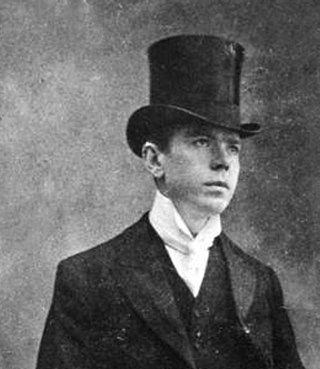
Aleksander Promet was an Estonian painter and graphic artist.
Nikolai Voldemar Triik was an Estonian Modernist painter, graphic artist, printmaker and professor. His work displays elements of Symbolism and Expressionism.
Malle Leis was an Estonian painter and graphic artist. Her works mostly represent abstract forms in nature, including flowers, fruits, and vegetables. She developed a silk screen technique that became her trademark.

Tobias Heinze was an Estonian cabinetmaker and woodcarver based in Tallinn.
Iko Maran was an Estonian playwright and children's book author.
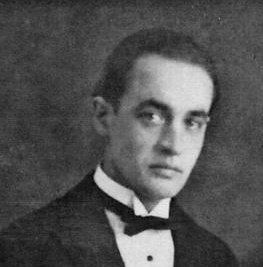
Kuno Veeber was an Estonian painter and graphic artist whose career began in the late 1910s.
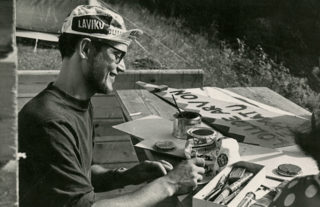
Kaarel Kurismaa is the first and one of the most important sound art and sound installation artists in Estonia. His work also expands into the field of painting, animation, public space monumental art, stage installations. In Estonian art history, Kurismaa’s significance lies mostly in the pioneering work with kinetic art and with keeping its traditions alive. Kurismaa stands as one of Estonian sound art scene’s central icons. His idiosyncratic work serves as a foundation for Estonian sound and kinetic art.
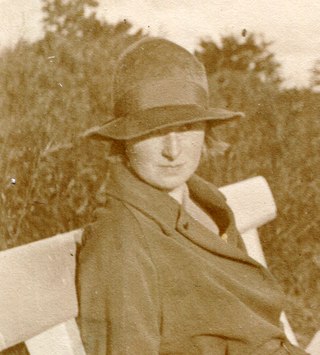
Karin Luts was an Estonian painter and a graphic artist.
Enno Ootsing is an Estonian artist and academic. He has worked as a freelance graphic artist and designer, book artist and illustrator. In 1980, he became a lecturer at the Estonian Academy of Arts, and from 1984 until 2005, he was a professor and head of the graphics department of the institute. Since 2007 he has been a professor emeritus at the institute.
Heini Paas was an Estonian art historian.
References
- ↑ Eesti NSV Riiklik Kunstimuuseum (1989). Eesti NSV Riiklik Kunstimuuseum: Eesti ja Eesti Nõukogude kunst [Olav Maran - an avant-garde old man]. Perioodika. p. 79. Retrieved 26 September 2018.
- 1 2 Juske, Ants (17 January 2009). "Olav Maran – avangardistist vanameistriks". Ekspress Meedia AS. EstiPäevaleht. Retrieved 26 September 2018.
- ↑ Pikker Nr.4 1957
- ↑ Zimmerli art museum at Rutgers (New Brunswick, N.J.).; Jane Voorhees Zimmerli Art Museum (2002). Art of the Baltics: The Struggle for Freedom of Artistic Expression Under the Soviets, 1945-1991. Rutgers University Press. p. 56. ISBN 978-0-8135-3042-0 . Retrieved 27 September 2018.
- ↑ Mart Lepp, Tallinn Olav Marani loomingus - Sirp ja Vasar, 4.02.1987
- ↑ Mari Nõmmela, Mõtteid Olav Maranist - Edasi, 14.12.1982